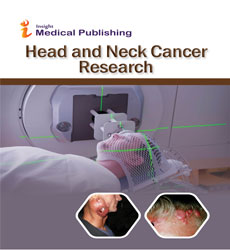Abstract
MUCO/PIOCELE FOR PARANASAL SINUS
Mucocele is a chronic benign pseudocyst lesion, lined with paranasal sinus mucosa, with aseptic mucus within a mucoperiosteal lined cavity. It grows slowly and has a tendency to expand giving rise to a mass effect on the surrounding structures, which can result in erosion and bone remodeling. It results in the obstruction of a sinus ostium or a compartmentalized portion of a sinus. It is most common in adults: in the 3rd -4th decade of life, with a slight predominance in males. It occurs in all age groups.
Signs and symptoms: The most common signs/ symptoms are greater (> 90%) ophthalmic.
Frontal mucocele: protrusion of the forehead, proptosis, diplopia, mass in the superomedial orbit, headache, orbital pain, unilateral nasal obstruction (mucocele invades the nasal cavity).
Ethmoid mucocele: proptosis, blurred vision± visual loss, periorbital edema.
Maxillary mucocele: Nasal obstruction (medial projection), rhinorrhea.
Sphenoid mucocele: visual loss, oculo motor paralysis (compression of the optic pathway), headache. If there is facial pain, consider MUCOPIOCELE.
Diagnosis: Nasal Endoscopy, SPN TC, SPN NMR, Culture, and Biopsy
Treatment: Surgical healing is the goal and the expected result when there is a mucocele.
Conclusion: Preoperative study of SPN CT regarding the extent of an ethmoidal-orbital-frontal mucocele is essential, in conjunction with diagnostic nasal endoscopy, for an uneventful surgery and to minimize the chances of recurrence. It must be evaluated in terms of ethmoidal pneumatization, which is highly individualistic and therefore predicts the unpredictability of its extent. Comparative imaging studies of the anatomical landmarks are vital on the contralateral (unaffected) side.
Author(s): Leonardo Colorado Aguirre
Abstract | Full-Text | PDF
Share this

Google scholar citation report
Citations : 28
Head and Neck Cancer Research received 28 citations as per google scholar report
Abstracted/Indexed in
- Google Scholar
- JournalTOCs
- China National Knowledge Infrastructure (CNKI)
- WorldCat
- Publons
- Secret Search Engine Labs
Open Access Journals
- Aquaculture & Veterinary Science
- Chemistry & Chemical Sciences
- Clinical Sciences
- Engineering
- General Science
- Genetics & Molecular Biology
- Health Care & Nursing
- Immunology & Microbiology
- Materials Science
- Mathematics & Physics
- Medical Sciences
- Neurology & Psychiatry
- Oncology & Cancer Science
- Pharmaceutical Sciences


